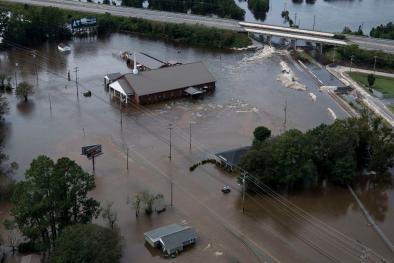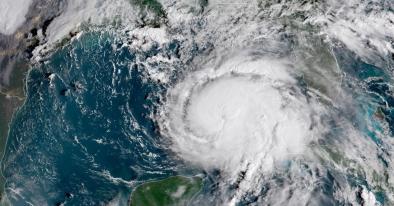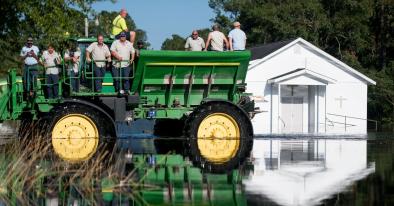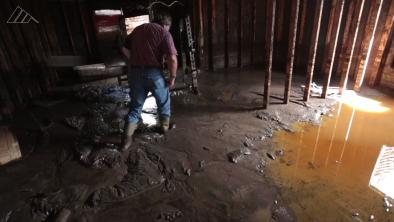Science Source
Fatalities in the United States from Atlantic Tropical Cyclones: New Data and Interpretation
- Builds on previous work from 2000, which identified the causes and provided analysis of the loss of life in the United States from Atlantic tropical cyclones during the period 1970 to 1999
- Describes the findings obtained by extending the record to cover a longer period: 50 years, from 1963 to 2012
- States that during that period, about 650–700 Atlantic tropical cyclones occurred, comprising 578 hurricanes and tropical and subtropical storms and around 100 tropical depressions
- States that a cause of death was identified for 2,325 individuals, and that for them:
- Roughly 90% of the deaths occurred in water-related incidents, most by drowning.
- Storm surge was responsible for about half of the fatalities (49%).
- Rainfall-induced freshwater floods and mudslides accounted for about one-quarter of the deaths (27%).
- Rainfall-induced flood deaths occurred in more tropical cyclones than any other hazard.
- Between 100 and 150 people perished near the shoreline from rip currents, large waves, etc.
- About the same number, between 100 to 150 people, drowned in marine incidents offshore within 50 miles of the coast.
- Between 5% and 10% of the fatalities were caused by nontornadic winds.
- Around 3% of victims succumbed to tornadoes.
- The deadliest six storms—about 1% of the total number of storms—accounted for about two-thirds of the deaths; Katrina in one day was responsible for more than 40% of the fatalities in the past 50 years.
- The deadliest storms were not necessarily the strongest at landfall. Only 3 of the 10 deadliest were “major hurricanes” (Category 3 or higher on the SSHWS) when they came ashore. Six of the 10 were tropical storms or Category 1 hurricanes at landfall.
Related Content
Headline

Dec 2, 2018 | Washington Post
Hurricane Florence set at least 28 flood records, according to new USGS report
Headline

Dec 2, 2018 | Huffington Post
Hurricanes Florence And Michael Highlight Monster Storms' Devastating Differences
Headline

Oct 4, 2018 | Vox
Hurricane Florence caused up to $22 billion in damages. Climate change made the storm worse.
Headline

Sep 27, 2018 | The Charlotte Observer
Wash your hands if you touch the ocean in NC – and forget swimming, experts warn


